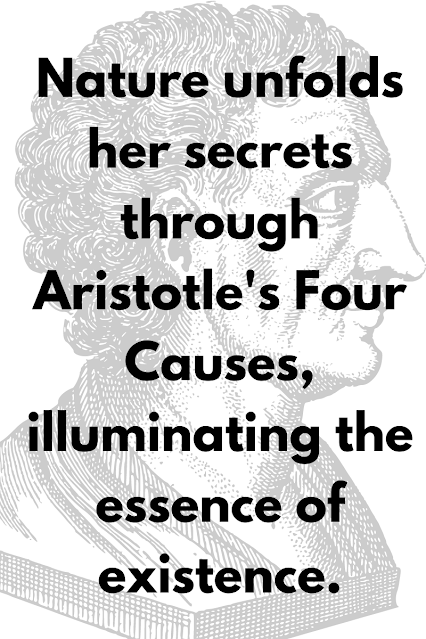Introduction When the World Hurt is not a book you read—it’s a space you enter. Liz Moyer Benferhat has crafted something far more intimate than a typical self-help guide. This is a workshop disguised as a manuscript, a shared emotional container between the author, the reader, and the collective human experience. Written between 2018 and 2025—and shaped intensely by the tumultuous years of 2023 to 2025—the book feels like a mirror held up to a world in pain, yet also to a humanity waking up. At its core, this is a book for the people who care deeply, feel intensely, and are tired of oscillating between hope and heartbreak. For those who scroll the news with a knot in the stomach, who lie awake at 3 a.m. wondering what the future holds, and who are torn between staying informed and staying sane—this book is your companion. A Workshop for the Soul Benferhat opens the book with an unusual but compelling framing: this is not a “read and close” experience—it is a workshop. A shared space. ...
Introduction
The renowned Greek philosopher Aristotle made significant contributions to various fields of knowledge, including metaphysics, ethics, and natural sciences. Among his notable concepts, Aristotle introduced the theory of the Four Causes, which seeks to explain the essence of existence. These four causes delve into the underlying reasons and principles that govern the nature of things. In this blog post, we will explore Aristotle's Four Causes examples and understand their significance in understanding the world around us.Aristotle Four Cause
1. The Material Cause:The material cause refers to the substance or matter from which something is made. According to Aristotle, everything in the world is composed of matter, and this matter is a fundamental component in understanding the nature of an object. For example, the material cause of a statue could be the marble from which it is sculpted. By identifying the material cause, we gain insights into an object's physical properties and characteristics.
2. The Formal Cause:
The formal cause represents the form or structure that gives an object its particular shape or identity. It is the essence or blueprint that defines what an object is. For instance, in the case of a statue, the formal cause would be the idea or concept that the sculptor had in mind while creating it. The formal cause provides the organizing principle that shapes the matter and gives it a distinct identity.
3. The Efficient Cause:
The efficient cause deals with the agent or force that brings about the change or creation of an object. It refers to the action or process that sets things in motion. In the example of a statue, the efficient cause would be the sculptor's skill and craftsmanship, as well as the tools and techniques used to shape the marble. The efficient cause is responsible for the transformation from potentiality to actuality, bringing the object into existence.
4. The Final Cause:
The final cause Aristotle focuses on the ultimate purpose or goal for which something exists. It explores the reason or intention behind an object's creation or existence. In the case of a statue, the final cause could be aesthetic appreciation, religious devotion, or commemoration. The final cause gives meaning and direction to the object, guiding its purpose and defining its significance.
2. Causal Analysis: The Four Causes encourage critical thinking and analysis by prompting us to consider different aspects of causality. This approach helps us go beyond surface-level observations and delve deeper into the underlying principles at work.
3. Teleological Perspective: Aristotle's emphasis on the final cause introduces a teleological perspective, highlighting the importance of purpose and goal-oriented behaviour. It reminds us that everything in the natural world has a purpose or end to which it aspires.
4. Application in Various Fields: The Four Causes have influenced numerous disciplines, including philosophy, science, art, and ethics. They offer a versatile framework that can be applied to understanding phenomena and explaining the relationships between cause and effect.
The efficient cause deals with the agent or force that brings about the change or creation of an object. It refers to the action or process that sets things in motion. In the example of a statue, the efficient cause would be the sculptor's skill and craftsmanship, as well as the tools and techniques used to shape the marble. The efficient cause is responsible for the transformation from potentiality to actuality, bringing the object into existence.
4. The Final Cause:
The final cause Aristotle focuses on the ultimate purpose or goal for which something exists. It explores the reason or intention behind an object's creation or existence. In the case of a statue, the final cause could be aesthetic appreciation, religious devotion, or commemoration. The final cause gives meaning and direction to the object, guiding its purpose and defining its significance.
Significance of Aristotle's Four Causes
1. Comprehensive Understanding: The Four Causes provide a comprehensive framework for understanding the nature and essence of things. By considering the material, formal, efficient, and final causes, we gain a holistic perspective on the object and its place in the world.2. Causal Analysis: The Four Causes encourage critical thinking and analysis by prompting us to consider different aspects of causality. This approach helps us go beyond surface-level observations and delve deeper into the underlying principles at work.
3. Teleological Perspective: Aristotle's emphasis on the final cause introduces a teleological perspective, highlighting the importance of purpose and goal-oriented behaviour. It reminds us that everything in the natural world has a purpose or end to which it aspires.
4. Application in Various Fields: The Four Causes have influenced numerous disciplines, including philosophy, science, art, and ethics. They offer a versatile framework that can be applied to understanding phenomena and explaining the relationships between cause and effect.


Comments
Post a Comment
Please do not add any spam link in the comment box